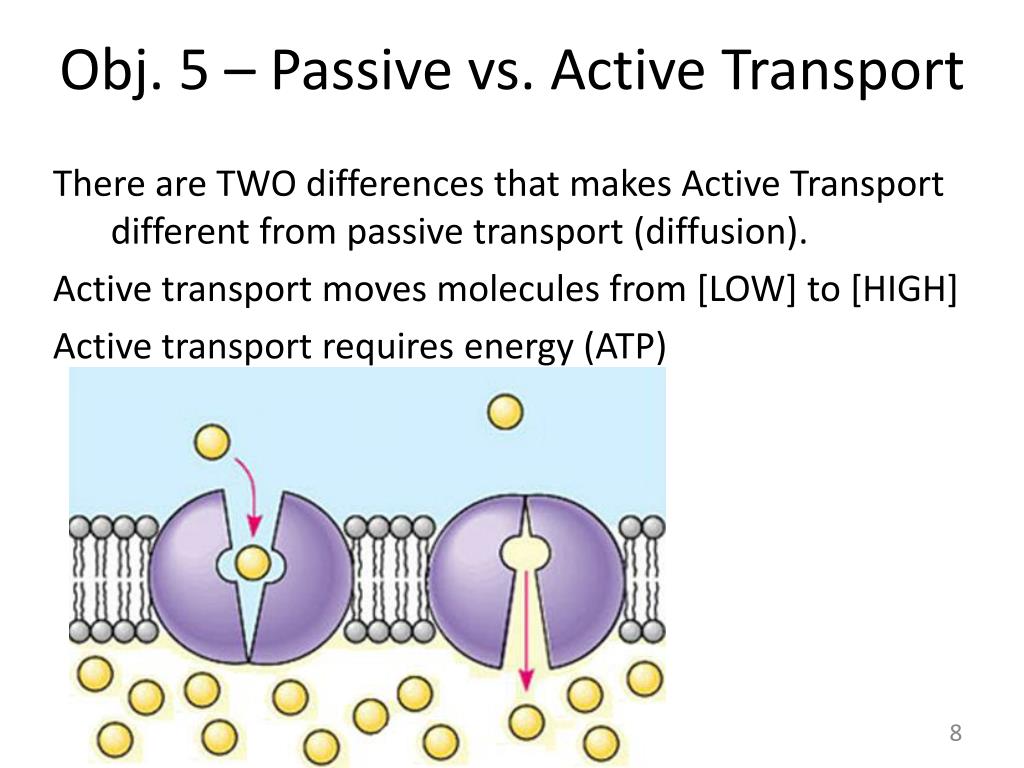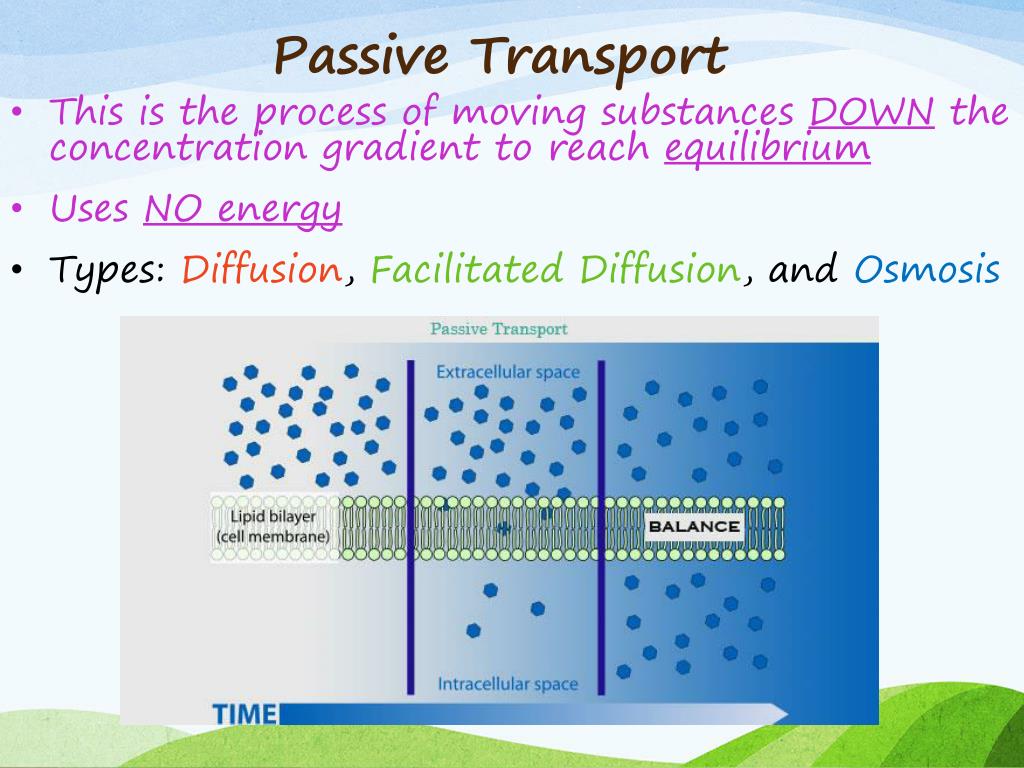

At about 3.3 pounds and the size of a cantaloupe, the largest cell on Earth today is the ostrich egg. S to diffuse to the plasma membrane. For this reason, typical cells are microscopic (see Chapter 1). If a solute starts at the center of a bacterial cell, it takes about 10 −3 This defines the theoretical limit for an enzymatic reaction rate and also limits the size of a cell. The diffusion rate for a particular solute under physiological conditions is a constant and cannot be increased. Large solutes have low diffusion coefficients and therefore diffuse more slowly than small solutes.

The relationship between a solute's molecular weight and its diffusion coefficient is shown in Table 19.1

= cross-sectional area over which diffusion occurs dc/ dx is the solute concentration gradient (diffusion occurs from a region of higher concentration to one of lower concentration). = diffusion coefficient (bigger molecules have lower Ds) A Thus, maximum permeability is observed at the T m. As the temperature is further increased, the LUVs pass into the l d state and the interface boundaries disappear, reducing permeability to that observed for the single-component l d state. It is through these boundaries that most permeability occurs. At T m there is a maximum amount of coexisting gel and l d state domains that exhibit extremely porous domain boundaries. Solutes can then pass more readily through the newly formed l d domains than the gel domains resulting in an increase in permeability. As the LUVs are heated from the gel state and approach the T m, domains of l d start to form in the gel state. However, maximum permeability is not found in the l d state, but rather at the T m. At temperatures well above T m, the LUVs are in the loosely packed liquid disordered state ( l d, also called the liquid crystalline state) and permeability is high. At temperatures well below T m, the LUVs are in the tightly packed gel state and permeability is extremely low. For example, LUVs (large unilamellar veicles) made from DPPC (16:0, 16:0 PC) have a sharp phase transition temperature, T m, of 41.3☌. Lipid bilayer permeability is not a constant but instead is affected by environmental factors. This range spans almost 10 orders of magnitude.

Log of the permeability ( P in cm/s) across lipid bilayer membranes for common solutes ranging from Na + (10 −12 cm/s) to water (0.2 × 10 −2 cm/s). Note the data are presented as a log scale of solute permeability ( P in cm/s) and ranges from Na +Ĭm/s, spanning almost 10 orders of magnitude! Fig. 19.1ĭepicts the membrane permeability of a variety of common solutes. Lipid bilayers are very impermeable to most solutes because of their tight packing. Generally, the more tightly packed the lipids comprising the bilayer, the lower its permeability will be. The inherent permeability of this core varies from membrane to membrane. How does a biological membrane accomplish semipermeability? The barrier to solute movement is largely provided by the membrane's hydrophobic core, a very thin (∼40 Å thick), oily layer. This very important concept of unequal transmembrane distribution and, hence, permeability between water and other solutes came out of the pioneering work of Charles Overton in the 1890s (see Chapter 2). How the membrane accomplishes these tasks is the topic of Chapter 19.Ī biological membrane is semipermeable, meaning it is permeable to some molecules, most notably water, while being very impermeable to most solutes (various biochemicals and salts) found in the bathing solution. Transmembrane transport is controlled by complex interactions between membrane lipids, proteins, and carbohydrates. The membrane determines what solutes enter and leave a cell. Life depends on a membrane's ability to precisely control the level of solutes in the aqueous compartments, inside and outside, bathing the membrane.


 0 kommentar(er)
0 kommentar(er)
